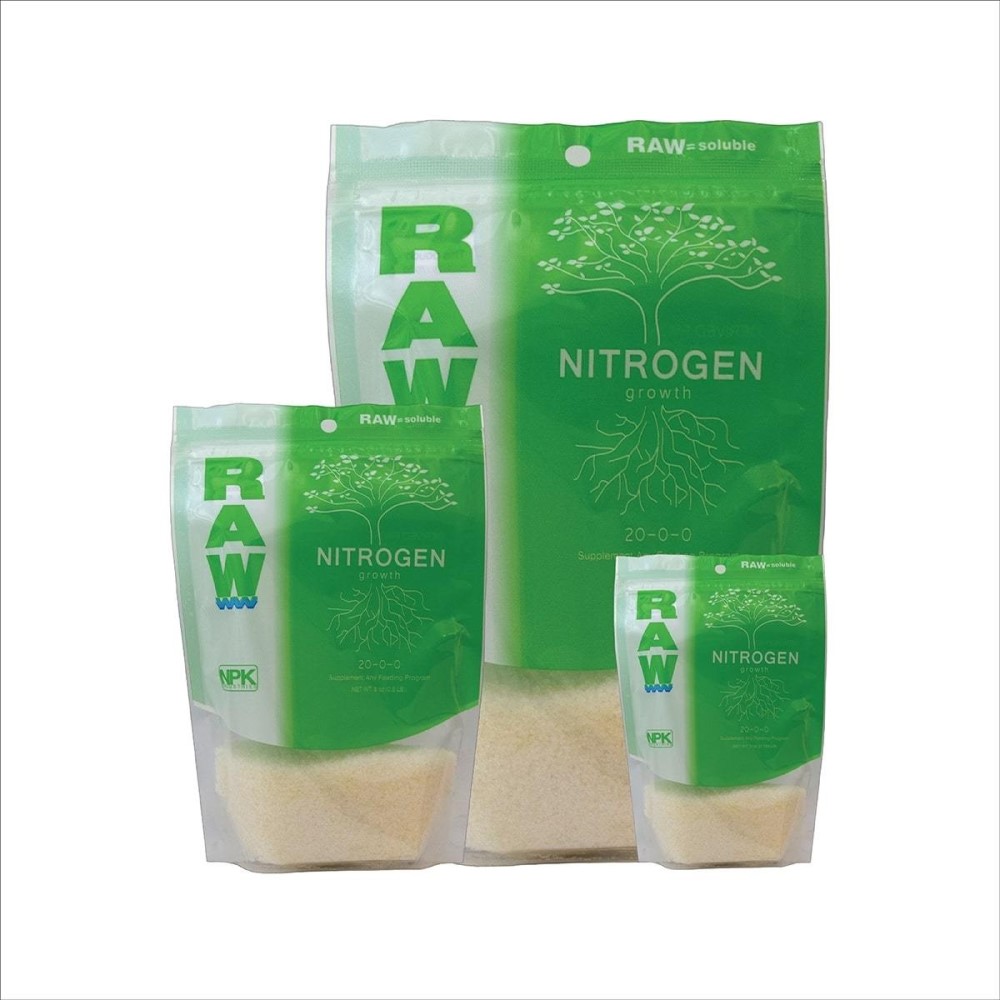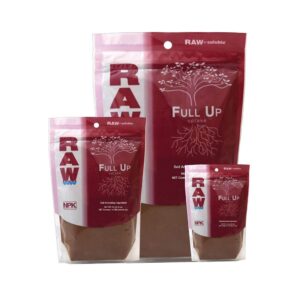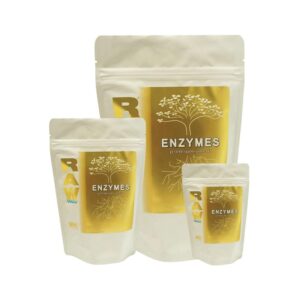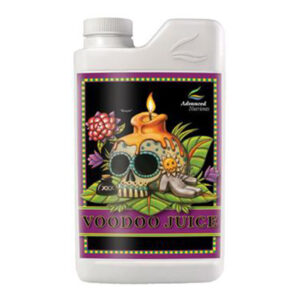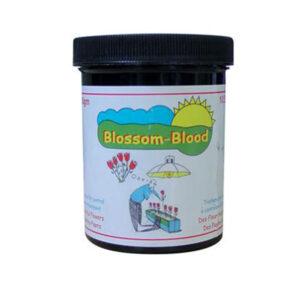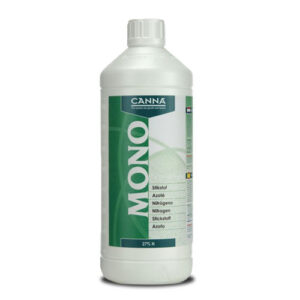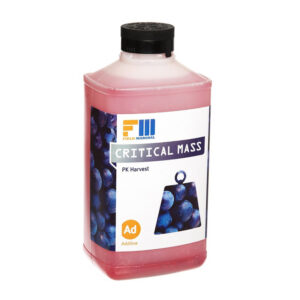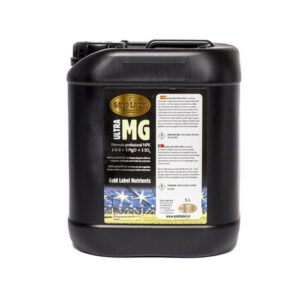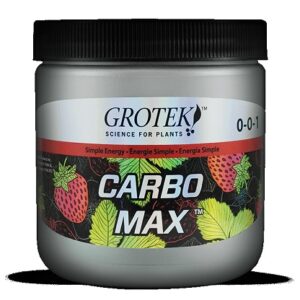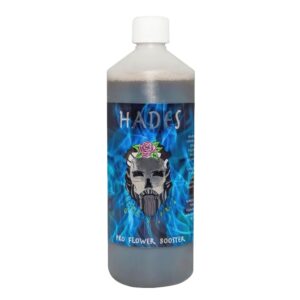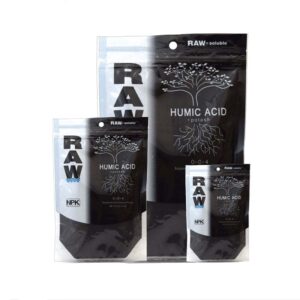
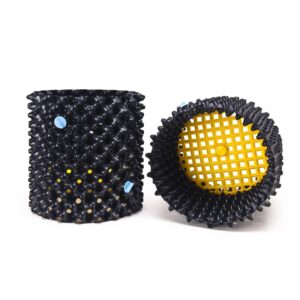
RAW Nitrogen
💳 10% Digital Discount 🚚 Free Next Working Day Delivery on Orders Over £50*Bank Holiday Notice: Orders made after 3pm on Friday 22nd August over the Bank Holiday weekend will be shipped on Tuesday 26th August.
£10.99 – £143.99Price range: £10.99 through £143.99 Original price was: £10.99 – £143.99Price range: £10.99 through £143.99.£9.89 – £129.59Price range: £9.89 through £129.59Current price is: £9.89 – £129.59Price range: £9.89 through £129.59.
RAW Nitrogen
RAW Nitrogen contains 20% ammonium nitrogen (N) in a water soluble form. Containing no nitrates or urea which it to be applied at all stages of growth and bloom. Plants take up two forms of nitrogen: nitrate N and ammonium N. Raw Nitrogen is ammonium nitrogen only. It can also be use as a foliar feed and during bloom, unlike nitrate (N).
RAW Nitrogen is ideal for boosting nitrogen (N) levels, treating deficiencies and creating optimal recipe solutions. It also work in conjunction with all nutrient feeding programs.
Nitrogen is an essential macro-element for plant growth, used in relatively large quantities by the plant. 80% of the nitrogen needed for its entire growth cycle if assimilated in the first half. Therefore, most high-quality hydroponic grow formulas have a relatively high nitrogen: potassium ratio (N:K) compared to a bloom formula.
A typical N:K ratio for a vegetative growth nutrient is about 1:1.5 – about one and a half times more potassium than nitrogen. The N:K ratio for a typical fruiting and flowering formula is usually about 1:2 – about twice as much potassium as nitrogen.
As previously discussed plants take up nitrogen in two different forms: nitrate-N or ammonium-NO.
The N-P-K ratio is on the back of any fertiliser bottle. For example, if a fertiliser has an N-P-K ratio of 3-1-5, it has 3% Nitrogen, 1% Phosphorus (as P202) and 5% Potassium (as K20).
The percentage of nitrate-N and ammonium-NO is further broken down. A typical hydroponic base nutrient contains at least 90% of its nitrogen in the nitrate form, and no more than 10% of its nitrogen in its ammonium form.
100% Water Soluble Powdered Nitrogen with no fillers or stabilisers.
Don’t add too much Nitrate
Many growers unknowingly over-fertilise with nitrogen, especially nitrate-N. Nitrate-N is a “luxury” element. In other words, if you give your plants extra nitrate, the plant will take it up, whether the plant needs it or not. Over 30% of the energy of photosynthesis burns just to take up nitrates.
Add too much nitrate nitrogen and the plant will burn up its energy reserves for more top growth, and root growth is inhibited. The plants may look lush and dark green, but the plant will be weakened.
Plants supplied with excess nitrates will produce large cells with thin cell walls, making them more susceptible to stress and disease, and excessive nitrates can delay or even prevent flowering. Stored nitrates in plant tissues also give rise to off-flavours, and are generally considered unhealthy. In fact, in Europe if nitrate levels are too high in the plant tissue, the produce will lose its organic certification , even if all-natural fertilisers are used.
But Avoid Nitrogen Deficiency
On the other hand, it is also very important to avoid a nitrogen deficiency. Nitrogen deficiency shows up as a general chlorosis (or yellowing) of the plant leaves. A little ammonium-nitrogen is a quick fix. Plants will take up the ammonium ions immediately, without accumulating excess nitrates in the process.
You can also use Ammonium nitrogen as a light foliar feed to quickly green up the plant. Professional growers manipulate the ammonium:nitrate ratios of the nutrient solution to maximise quality and yield. For example, a “hard water” nutrient formula will have a higher ammonium to nitrate ratio to help stabilise pH. The ammonium ion has a positive charge. So as the plant takes up ammonium ions, it exchanges positively-charged H+ ions from the roots. This tends to neutralise excess bicarbonate ions in well water and help drive the pH down.
On the other hand, the nitrate ion has a negative charge. So as the plant takes up nitrates, it exudes negatively-charged bicarbonate or OH- ions from the roots, tending to drive the pH up. Therefore, increasing the ammonium to nitrate ratio can help stabilise pH problems in well water.
Unlike nitrate nitrogen, ammonium nitrogen is assimilated directly by the roots for immediate use by the plant, without burning up excess carbohydrates in the process. Under high light and C02 conditions, extra ammonium ions can be very beneficial.
Supplementing carbon dioxide to levels above 750 ppm, will allow plants will preferentially take up carbon molecules over nitrate-N, limiting protein production. Supply more of the nitrogen in the ammonium form, however, and the plant utilises it directly to increase protein production under high C02 and light conditions.
Just don’t overdo it. Ammonium nitrogen can become toxic to plants at even modest levels, producing soft, “rank” growth, especially in cool, low-light conditions.
RAW Nitrogen Guaranteed Analysis:
Total Nitrogen (N): 20%
20% Ammoniacal Nitrogen
Derived from: Ammonium Sulphate
Use:
Add 1/8 to 1/4 tsp per 4 Litres in reservoir for irrigation. Apply as needed.
| Weight | N/A |
|---|---|
| Size |
2oz – 57g ,8oz – 227g ,2lb – 907g ,10lb – 4.54kg |
FREE NEXT DAY DELIVERY – Delivery Information
We offer FREE NEXT-DAY DELIVERY on orders over £50*
*An additional heavy goods surcharge may be applied to heavy or bulky goods (more info).
**Regional delivery surcharges apply for Scotland, Northern Ireland and the rest of the UK.
Orders Under £50
– Orders under £50 and under 5KG will be charged £7.99 (inc vat).
– Orders under £50 and 5KG+ will be charged at £8.99 (inc vat).
Our Next Working Day Delivery Policy
We will always do our utmost to deliver goods to you the next working day for all orders placed before 3pm (Mon-Thurs).









